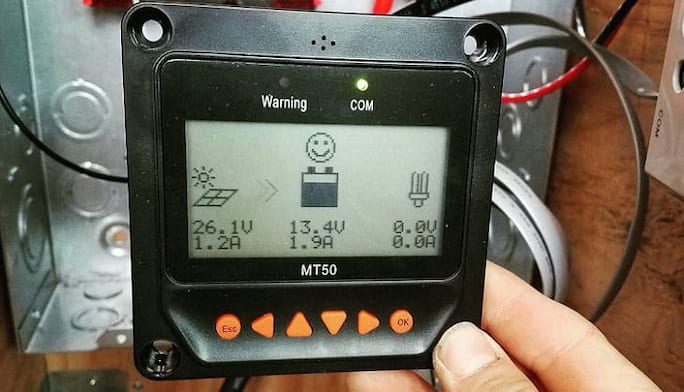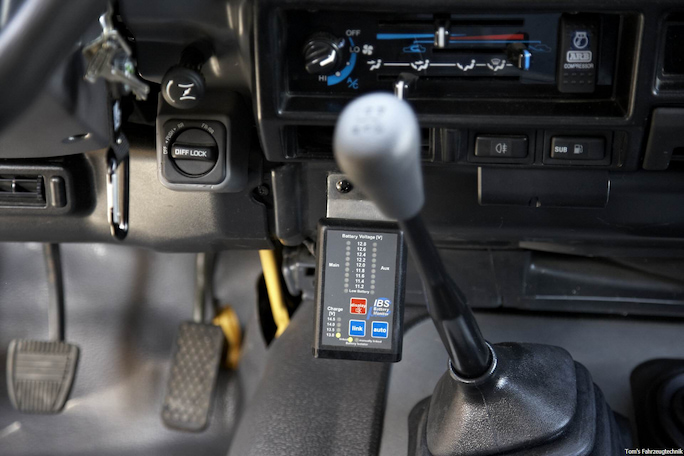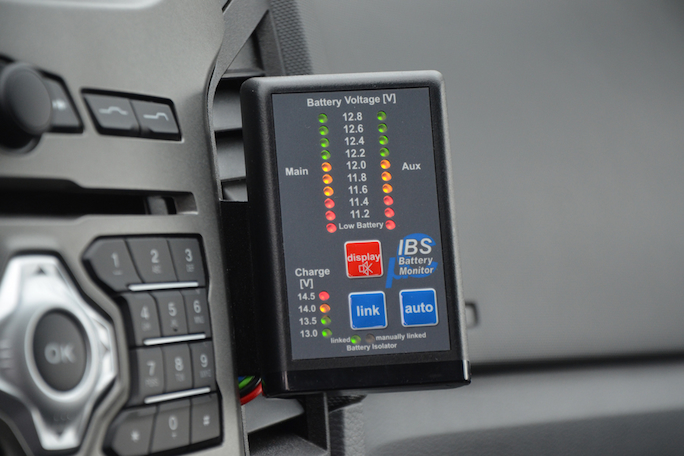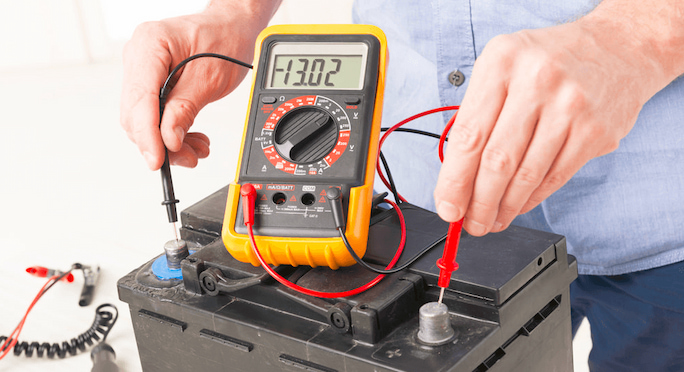Everything You Need to Know about Car Battery Monitors
Ever been stranded in the middle of nowhere because the battery just died? Most drivers are too busy to regularly maintain their cars, checking things like oil levels, coolant, tyres, and batteries. We expect everything to work as it should. Batteries will lose charge over time, and can completely fail without having enough juice to start the car. You’ll hear a clicking sound as you turn the key, and nothing much going on.
To avoid such inconveniences, you want something that constantly monitors the health of the car battery at all times. Put simply, you’ll want a monitor. The multi-functional car battery monitors measure the remaining capacity of the battery’s overall charge, as well as real-time voltage levels to ensure that it is recharging to optimal levels.
This helps maintain not only a healthy level of charge and prolong the time until the battery needs to be swapped out, but also helps in keeping the cranking system and alternator in top form. Other useful data, like temperatures inform drivers of the risks of overheating, and that something is wrong. Small units are easy to set up, have easy-to-read LCD displays, and send notifications to your phone, so you know exactly what’s going on under the hood.
How Battery Monitors Work
Battery monitors first need to be connected to the battery, with the red lead connected to the positive, and the black lead to the negative battery terminal. Once connected, the monitor displays the voltage passing through the positive and negative terminals. A fully charged 12V car battery will display 12.6 V or above.
Since the monitor allows for real-time measurements, you’ll also know whether the battery is charging with the engine on, or discharging. This tells us whether the cranking system and alternator are in working order, and replenishing the battery even when the engine is idling.
Lower voltage levels indicate that the battery is discharging to dangerous levels, with the possibility of leaking in lead acid batteries, and causing further damage in the engine bay. Battery monitors are also optimised to work with lithium batteries, as well as with battery setups consisting of two batteries like in most off-roading and camping rigs.
Benefits of Car Battery Monitors
There are multiple benefits in using car battery monitors:
• Monitor the level of charge in the battery – This means you’ll know exactly how much power is left in the battery at any given time.
• Keep the battery in good working condition – A charged battery is a healthy battery. When there are lower voltage levels, this can mean that battery cells are damaged or sulphating. Sulphation is the main cause for battery failure. By keeping the battery at a higher charge, you also extend its lifespan.
• Avoid expensive repairs – Maintaining a healthy battery means you won’t need a new one in the foreseeable future. While discharging is more common, the battery may also experience overcharging, and get really hot in the process to the point it explodes. Though lead batteries may be inexpensive to replace, that is not the case with lithium batteries. Any damage left unchecked can lead to leaking acid that will eat into critical engine parts. Instances like these can be avoided with a simple to use car battery monitor.
• Monitor different types of batteries – There are battery monitors for lead acid as well as lithium batteries. And for batteries in higher output. Most will also operate on both types. Lithium batteries will hold charge levels longer, and only present a drop in voltage when nearing 50 per cent discharge. Accurate readings are vital in that they also tell car owners about the car’s cranking system. If this doesn’t recharge the battery, then you’ll need an external battery charger.
• Connectivity – The majority of battery monitors used to determine the state of car batteries have wireless or bluetooth connectivity that display measurements via apps on your phone. These are easy to set up, use and display a wealth of useful information that you have at your fingertips. Monitors send visual and audible alerts and notifications to tell drivers of any issues.
What to Look for When Buying
They are many car battery monitors sold in Australia. Getting the right one depends on a few important factors:
-Price. These battery monitors are inexpensive to buy. Prices range between $50-100 for Bluetooth enabled monitors.
-Accuracy. Battery monitors are basically voltmeters that take real-time readings of the level of charge in the battery and as such should provide accurate readings.
-Brands. Go for established brands. There are battery monitors made in Australia and these are the ones you should go for. Cheaper imports might not be tested on vehicles and batteries sold in Australia.
-Features – I mentioned connectivity and apps, and this makes using battery monitors so much easier and more pleasant. You can install the monitor and let it do its thing. Cheaper units miss out on the accuracy with data presented on phones. Instead, they show charge levels as a series of differently coloured lights, or on an LCD screen. This though means you’ll be popping your head under the bonnet more than once to check up on the battery. Another useful feature is low voltage disconnect, which disconnects unnecessary devices from the battery when there is a very low charge left. Monitors with surge protection prevent overcharging and overheating.
-Easy Installation. Battery monitors should be set up quickly and safely. Cables are provided with all units.










